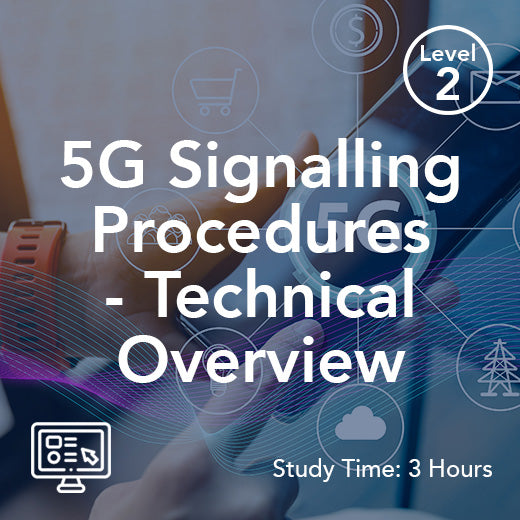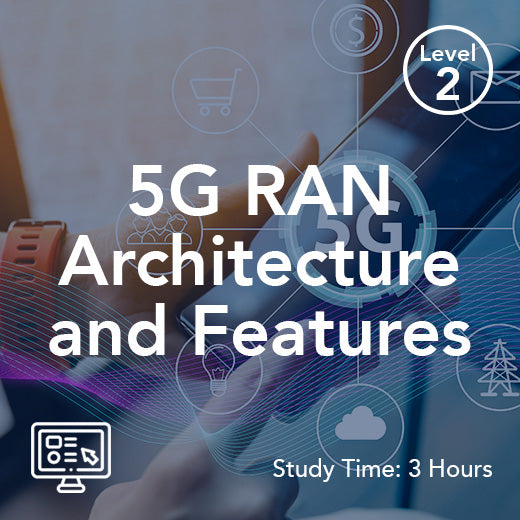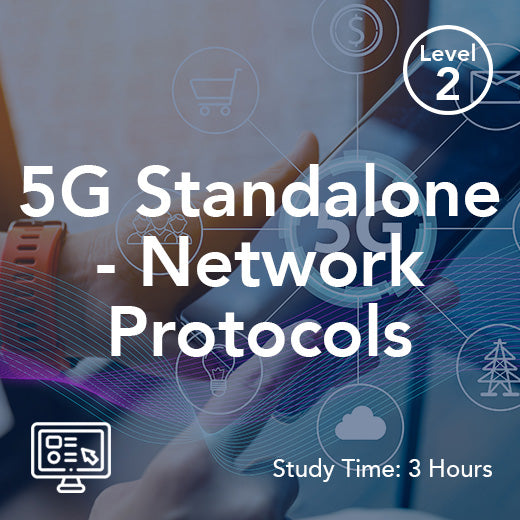What is 5G spectral efficiency?
- , by Stephanie Burrell
- 2 min reading time
In the world of telecommunications, the term "5G spectral efficiency" is becoming increasingly important as the next generation of wireless technology is rolled out across the globe. But what exactly does this term mean, and why is it so crucial for the success of 5G networks?
To put it simply, spectral efficiency refers to the ability of a wireless network to transmit data over a given bandwidth in the most efficient manner possible. In the context of 5G, spectral efficiency is a key metric that determines how much data can be transmitted over a certain frequency band, which is crucial for delivering high-speed, low-latency connections to a large number of users simultaneously.
One of the main goals of 5G technology is to increase spectral efficiency compared to previous generations of wireless networks such as 4G LTE. This is achieved through a combination of advanced technologies such as massive MIMO (Multiple Input, Multiple Output), beamforming, and dynamic spectrum sharing, which allow 5G networks to make more efficient use of the available spectrum.
By increasing spectral efficiency, 5G networks can deliver faster data speeds, lower latency, and more reliable connections to users. This is particularly important in the era of the Internet of Things (IoT) and smart devices, where a large number of connected devices need to be supported by the network simultaneously.
In practical terms, spectral efficiency can be measured in terms of bits per second per hertz (bps/Hz), which indicates how much data can be transmitted over a given frequency band. The higher the spectral efficiency of a network, the more data it can handle and the faster the connections it can provide to users.
One of the key advantages of 5G technology is its ability to support a wide range of use cases, from high-speed mobile broadband to mission-critical applications such as autonomous vehicles and remote surgery. By increasing spectral efficiency, 5G networks can meet the diverse needs of these applications while also providing a seamless and consistent user experience.
In conclusion, 5G spectral efficiency is a critical factor in the success of next-generation wireless networks. By increasing the amount of data that can be transmitted over a given bandwidth, 5G technology can deliver faster speeds, lower latency, and more reliable connections to users. As the rollout of 5G networks continues around the world, spectral efficiency will play a key role in shaping the future of wireless communications and enabling a wide range of innovative applications and services.
To put it simply, spectral efficiency refers to the ability of a wireless network to transmit data over a given bandwidth in the most efficient manner possible. In the context of 5G, spectral efficiency is a key metric that determines how much data can be transmitted over a certain frequency band, which is crucial for delivering high-speed, low-latency connections to a large number of users simultaneously.
One of the main goals of 5G technology is to increase spectral efficiency compared to previous generations of wireless networks such as 4G LTE. This is achieved through a combination of advanced technologies such as massive MIMO (Multiple Input, Multiple Output), beamforming, and dynamic spectrum sharing, which allow 5G networks to make more efficient use of the available spectrum.
By increasing spectral efficiency, 5G networks can deliver faster data speeds, lower latency, and more reliable connections to users. This is particularly important in the era of the Internet of Things (IoT) and smart devices, where a large number of connected devices need to be supported by the network simultaneously.
In practical terms, spectral efficiency can be measured in terms of bits per second per hertz (bps/Hz), which indicates how much data can be transmitted over a given frequency band. The higher the spectral efficiency of a network, the more data it can handle and the faster the connections it can provide to users.
One of the key advantages of 5G technology is its ability to support a wide range of use cases, from high-speed mobile broadband to mission-critical applications such as autonomous vehicles and remote surgery. By increasing spectral efficiency, 5G networks can meet the diverse needs of these applications while also providing a seamless and consistent user experience.
In conclusion, 5G spectral efficiency is a critical factor in the success of next-generation wireless networks. By increasing the amount of data that can be transmitted over a given bandwidth, 5G technology can deliver faster speeds, lower latency, and more reliable connections to users. As the rollout of 5G networks continues around the world, spectral efficiency will play a key role in shaping the future of wireless communications and enabling a wide range of innovative applications and services.

































